Even Alzheimer’s Disease is linked to poor sleep.
Did you know that “sleeping well” is not only good for energy, immunity and mood but also prevents Alzheimer’s?
Professor Maiken Nedergaard, a Danish neuroscientist, published an article in Scientific American in 2016, pointing out that sleep time is the most active and efficient time for “brain detoxification”. If the detoxification process is hindered, toxic waste products such as amyloid produced during the brain’s working process can accumulate in or around nerve cells, which can lead to neurodegenerative diseases such as Alzheimer’s disease.
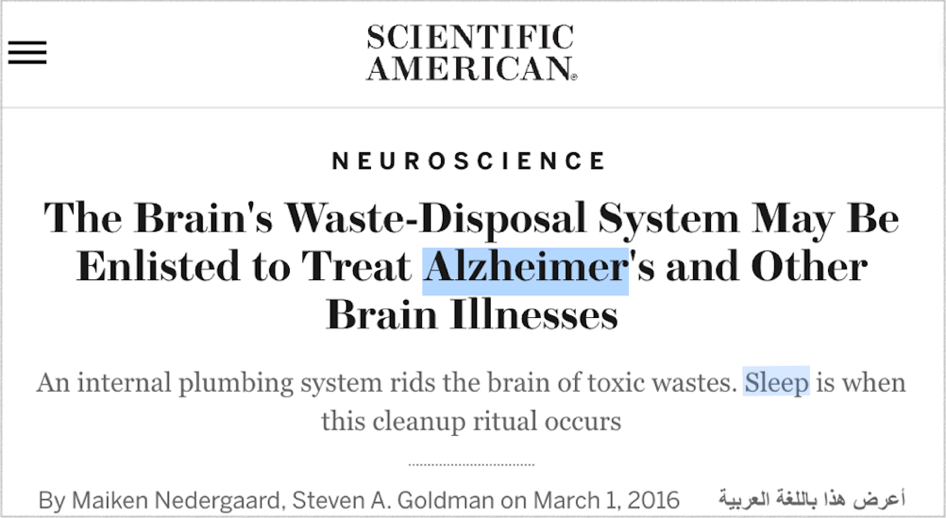
The phenomenon of mutual influence between sleep and immunity, which was discovered as early as the last century, has been more thoroughly understood in this century.
The leading German neuroscientist Dr. Jan Born and his team have proved through research that the immune system has two different performances during night sleep (から 11:00 p.m. に 7:00 a.m. the next day) and during wakefulness: The deeper the Slow Wave Sleep (SWS), the more active the immune response to anti-tumor and anti-infection (increased concentrations of IL-6, TNF-α, IL-12, and increased activities of T cells, dendritic cells and macrophages) while the immune response during wakefulness was relatively suppressed.
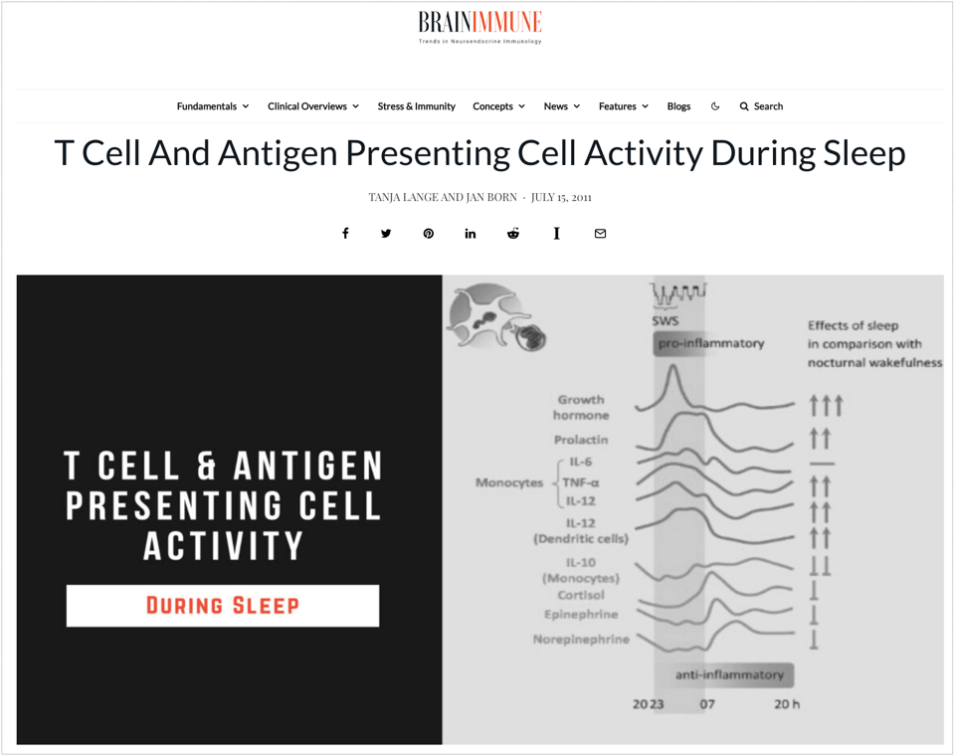
The quality of your sleep is not under your control.
The importance of sleep is unquestionable, but the problem is that sleeping, which seems to be the simplest, is even more difficult for many people. This is because sleep, like heartbeat and blood pressure, is regulated by the autonomic nervous system and cannot be controlled by individual will (consciousness).
The autonomic nervous system consists of the sympathetic nervous system and the parasympathetic nervous system. The former is responsible for “excitement (tension)」, which mobilizes the body’s resources to cope with stress in the environment; the latter is responsible for “suppression of excitement (relaxation)」, whereby the body can rest, repair and recharge. The relationship between them is like a seesaw, one side is high (強い) and the other side is low (weak).
通常の状況では, the sympathetic and parasympathetic nerves can switch freely. しかし, when some reasons (such as illness, 薬物, work and rest, 環境, stress and psychological factors) destroy the adjustment mechanism between the two, that is to say, it causes an imbalance in which the sympathetic nerves are always strong (easy to tense) and the parasympathetic nerves are always weak (difficult to relax). This disorder of regulation between nerves (poor switching ability) is the so-called “neurasthenia”.
The impact of neurasthenia on the body is comprehensive, and the most noticeable symptom is “insomnia”. Difficulty in falling asleep, insufficient sleep depth, frequent dreams and easy waking up (睡眠不足), insufficient sleep time, and easy interruption of sleep (difficulty falling back to sleep after waking up). It is a manifestation of insomnia, and insomnia is just the tip of the iceberg when neurasthenia leads to dysfunction of various organs.
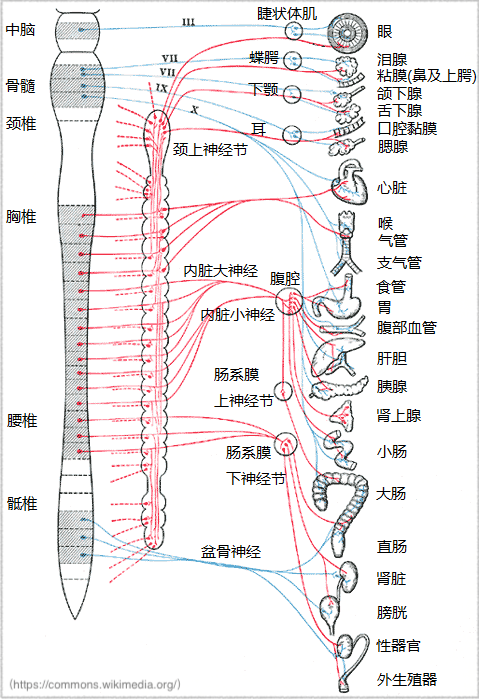
Sympathetic nervous system (赤) &
Parasympathetic nervous system (blue)
(画像ソース: Wikimedia Commons)
1970年代, it was proved thatマンネンタケ has a sleep-promoting effect on the human body.
マンネンタケ can improve symptoms related to insomnia and neurasthenia, which was initially proved through clinical application as early as 50 数年前 (details in the table below).
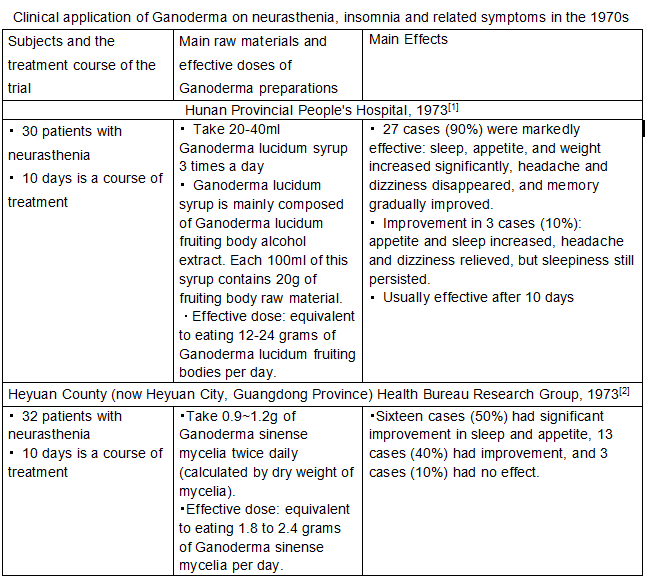
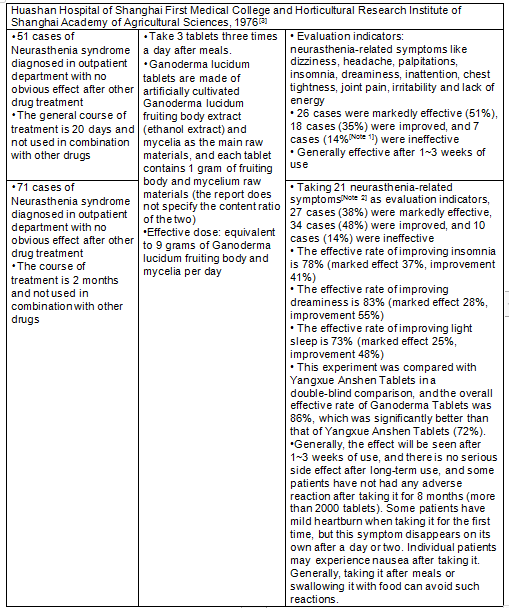
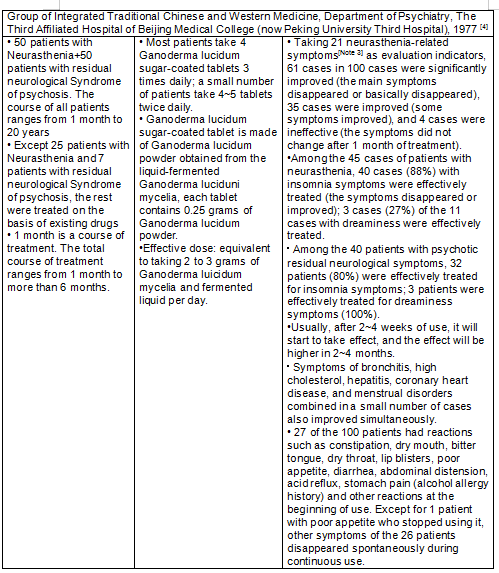
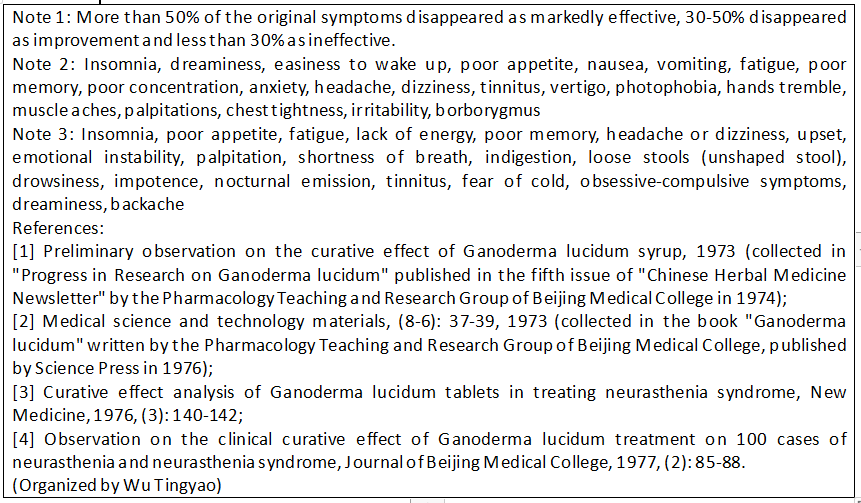
Learn from the clinical experience ofマンネンタケ to help sleep
初期の頃, due to the limited resources of animal experiments, there were more opportunities to verify the efficacy of マンネンタケ through human experiments. 一般的に言えば, whether マンネンタケ is used alone or in combination with western medicine, its effectiveness in correcting sleep disorders caused by neurasthenia and solving sleep-related problems such as appetite, mental power and physical strength is quite high. Even patients with stubborn neurasthenia have great opportunities.
しかし, の影響マンネンタケ is not fast, and it usually takes 1-2 週, あるいは 1 月, to see the effect, but as the course of treatment increases, the improvement effect will become more obvious. Some subjects’ existing problems such as abnormal hepatitis indicators, high cholesterol, bronchitis, angina pectoris, and menstrual disorders can also be improved or returned to normal during the course of treatment.
霊芝 preparations made from different マンネンタケ raw materials and processing methods seem to have their own effects, and the effective dose does not have a certain range. 基本的に, the dosage required for 霊芝 preparations alone should be higher than expected, which can also play a complementary role when used in combination with sedative sleeping pills or drugs for the treatment of neurasthenia.
A few people may experience symptoms such as dry mouth and throat, blistering lips, gastrointestinal discomfort, constipation or diarrhea at the beginning of taking マンネンタケ 準備, but these symptoms usually disappear on their own during the patient’s continuous use of マンネンタケ (as fast as one or two days, as slow as one or two weeks). People with nausea can also avoid discomfort by changing the duration of taking マンネンタケ (either during or after meals). It is speculated that these reactions are likely the process of individual constitutions adapting to マンネンタケ, and once the body adapts, these reactions will naturally be eliminated.
From the fact that some subjects continued to take マンネンタケ preparations for 6 または 8 months without any adverse effects, it can be concluded that マンネンタケ has a high level of food safety and long-term consumption is not harmful. Some studies have also observed in subjects who have been taking マンネンタケ のために 2 months that symptoms that have already improved or disappeared gradually within 1 month after discontinuing the use of マンネンタケ.
This shows that it is not easy to make the disordered autonomic nervous system work normally and stably for a long time after the disorder is corrected. したがって, continuous maintenance may be necessary under the premise of both safety and effectiveness.
Experience tells us that taking マンネンタケ to improve sleep requires a little more patience, a little more confidence, and sometimes a little more dosage. And animal experiments show which マンネンタケ preparations may be effective and why. Regarding the latter, we will explain it in detail in the next article.
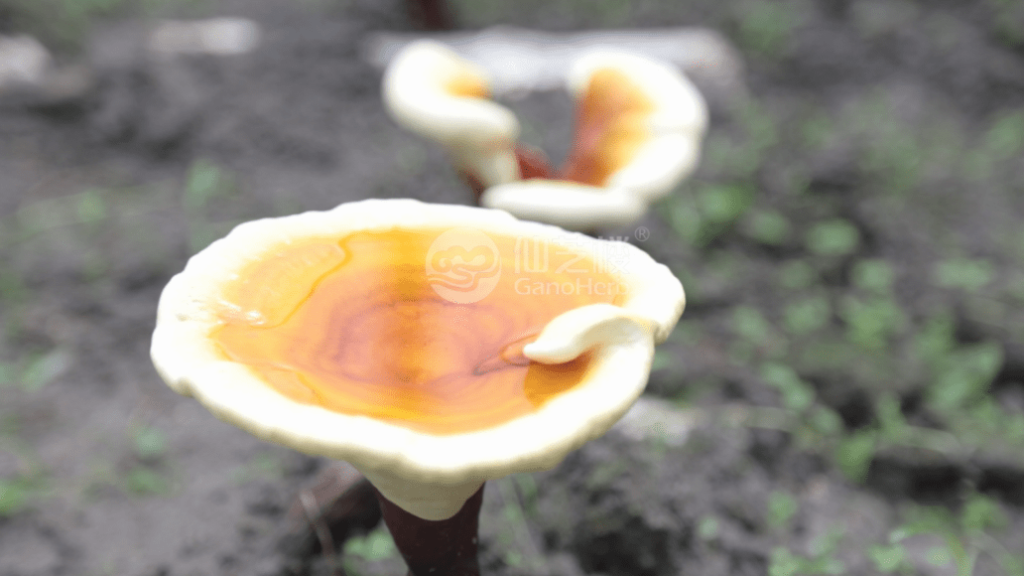
参考文献
1. The Brain’s Waste-Disposal System May Be Enlisted to Treat Alzheimer’s and Other Brain Illnesses. で: Scientific American, 2016. Retrieved from: https://www.scientificamerican.com/article/the-brain-s-waste-disposal -system-may-be-enlisted-to-treat-alzheimer-s-and-other-brain-illnesses/
2. T cell and antigen presenting cell activity during sleep. で: BrainImmune, 2011. Retrieved from: https://brainimmune.com/t-cell-antigen-presenting-cell-sleep/
3. Wikipedia. Autonomic nervous system. で: Wikipedia, 2021. Retrieved from https://en.wikipedia.org/zh-tw/autonomic nervous system
4. The relevant references ofマンネンタケ are detailed in the table notes of this article
終わり
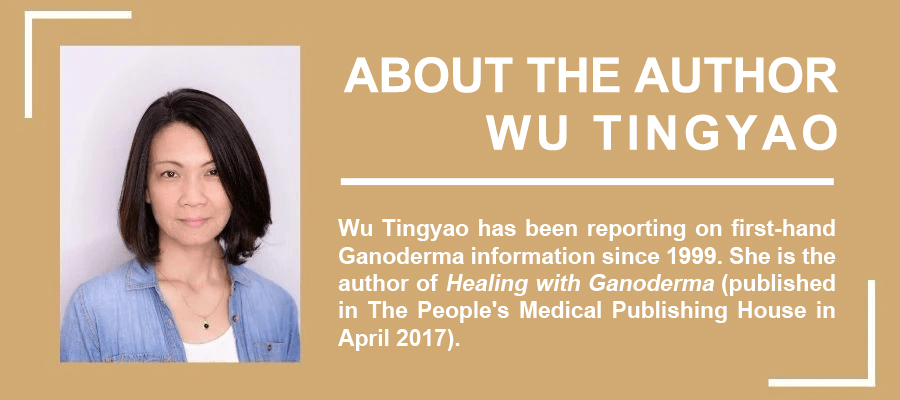
★この記事は著者の独占的な許可を得て掲載されています, その所有権はガノハーブに属します.
★上記作品は転載禁止です, GanoHerb の許可なく抜粋または他の方法で使用される.
★作品の使用を許諾した場合, 許可の範囲内で使用し、出典を示す必要があります。: ガノハーブ.
★上記記載事項に違反した場合, GanoHerb は関連する法的責任を追及します.
★この記事の原文はWu Tingyaoが中国語で執筆し、Alfred Liuが英語に翻訳しました。. 翻訳に齟齬があった場合 (英語) そしてオリジナル (中国語), 本来の中国人が勝つだろう. 読者に質問がある場合, 原作者に連絡してください, MS. 呉廷耀.



